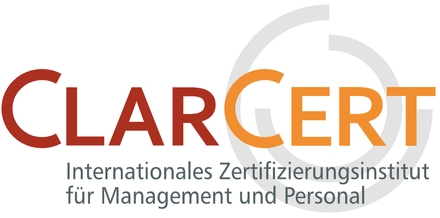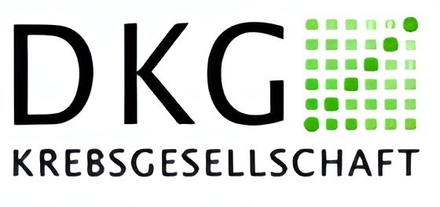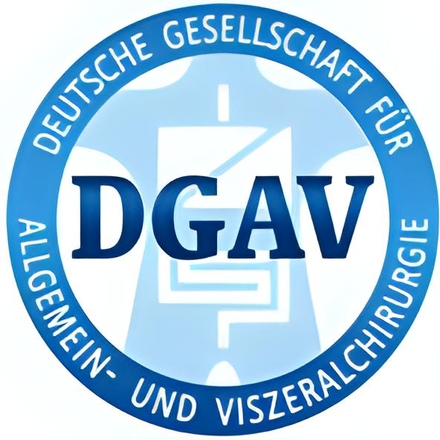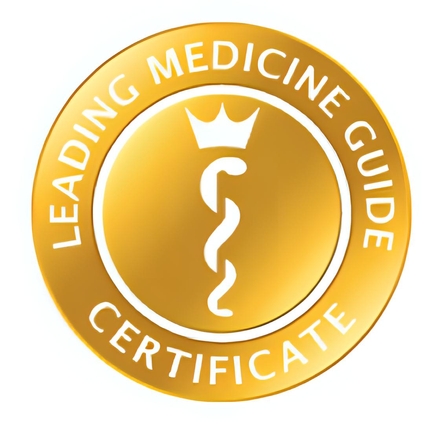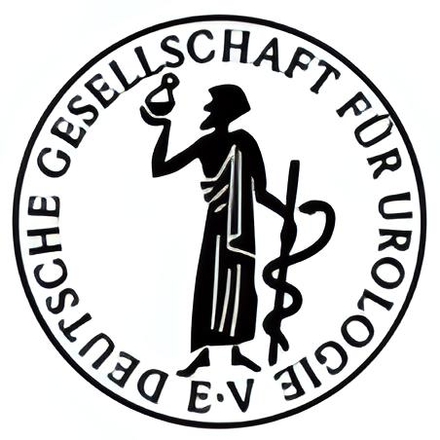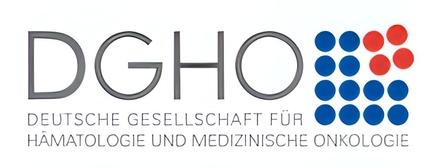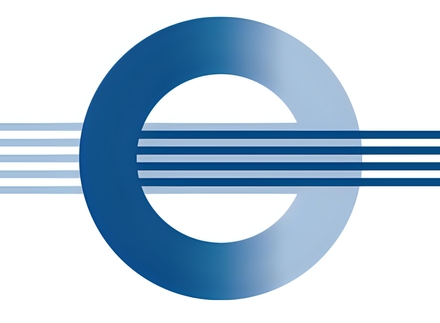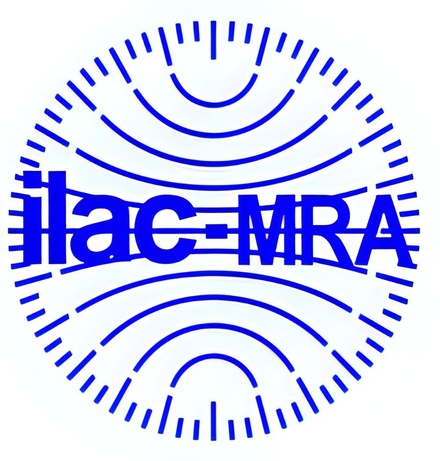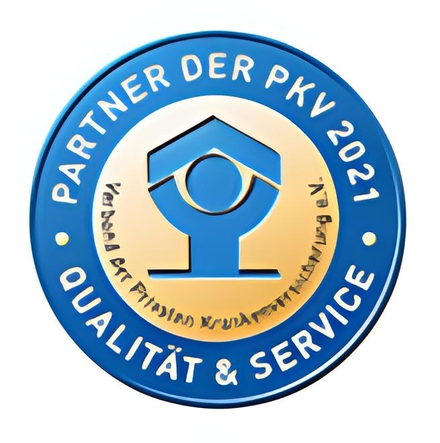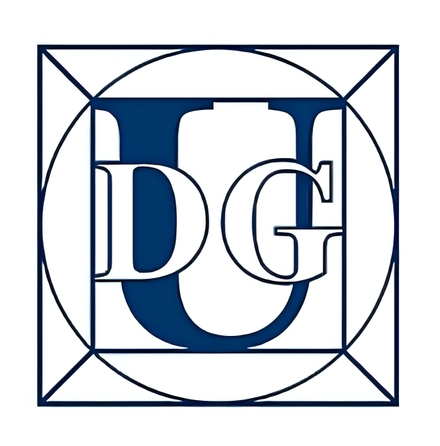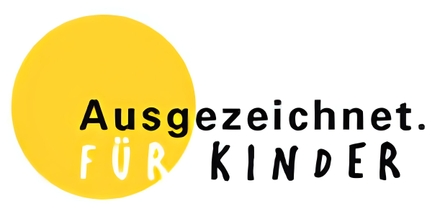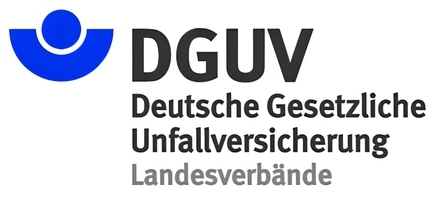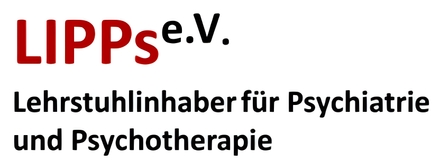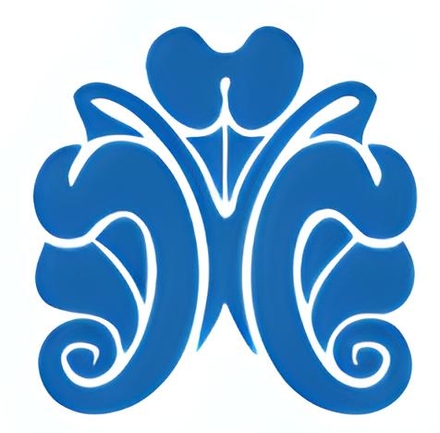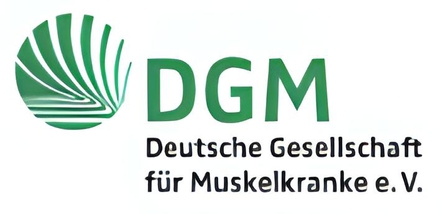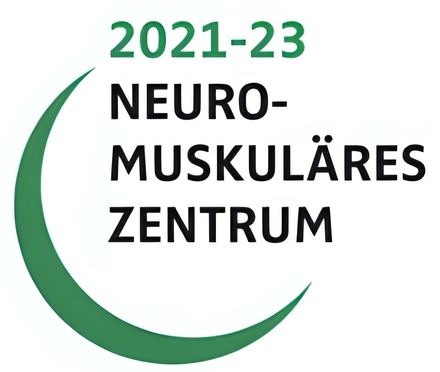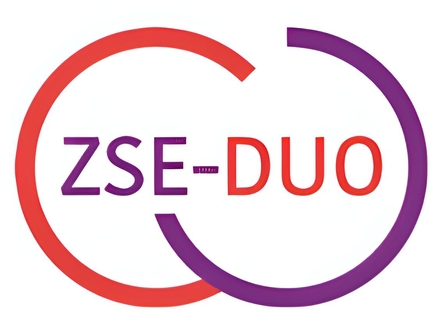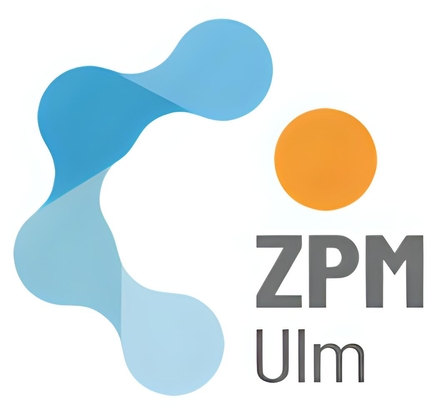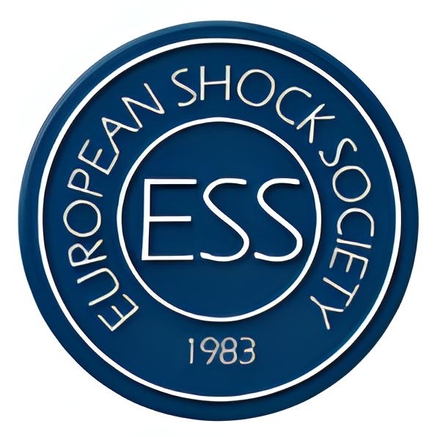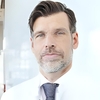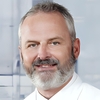Overview
Size & Capacity
Large, 1,264 beds
Clinic type
General
Type of care
Inpatient, Outpatient
Age group
Kids, Adults
4.1 on Google
The data collected based on 324 patient reviews on Google
Certificates
Features & Facts
About the clinic
Primary focus
Departments & Doctors
Gallery
Extra services
Location
Albert-Einstein-Allee 23, 89081 Ulm, Germany
FAQ
Is University Hospital Ulm the best among other hospitals in Germany?
Even though the hospital is the youngest among university clinics in the region, the magazine "Focus" awarded the hospital an honorable 18th place in the rating for the high efficiency of treatment and the high technology of the departments.
What range of services does the clinic offer?
Doctors offer a wide range of outpatient and inpatient treatment for eyes and vision, neurological and gynecological diseases, oncological tumors, and injuries. In addition, diseases in gastroenterology, endocrinology, cardiology, and surgery are also treated according to the highest German standards.
Is the medical center leading in the treatment of heart valve diseases?
The cardiology center at the hospital is the German leader in catheter therapy of heart valves. Doctors actively use the TAVI technique for aortic valve replacement in a hybrid operating room, reducing the risk of complications and increasing survival.
Get individual treatment plan and cost estimate. Non-binding 100% free assessment.
© University Hospital Ulm




